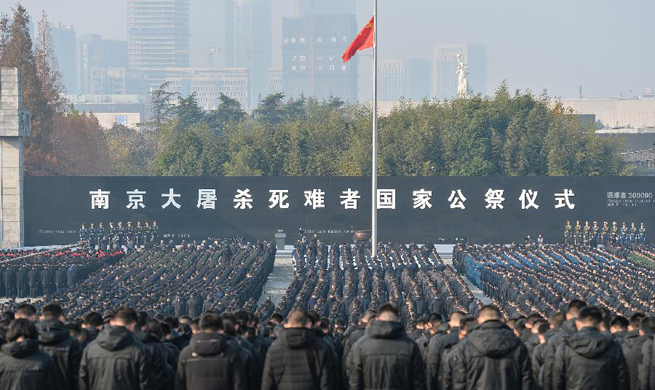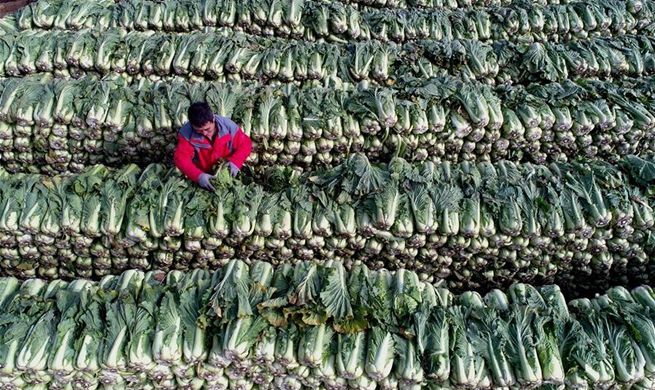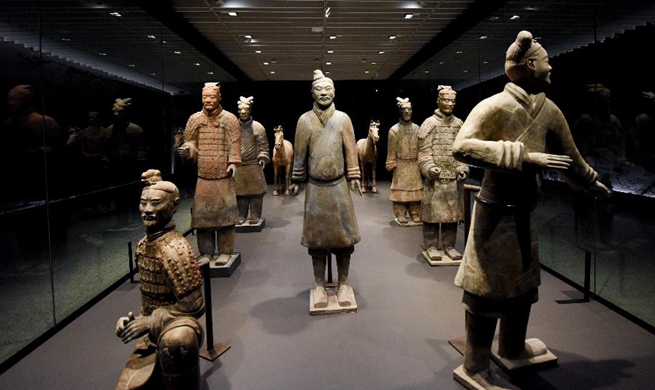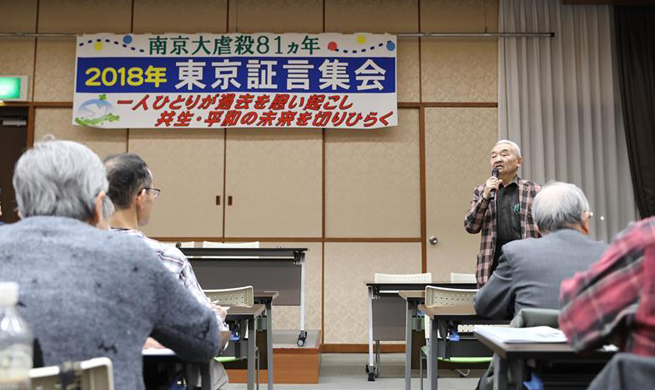ZHENGZHOU, Dec. 13 (Xinhua) -- Some 75 overseas investors have participated in the purified terephthalic acid (PTA) futures trading on the Zhengzhou Commodity Exchange (ZCE) since it opened to foreign investment two weeks ago.
The PTA futures is the third futures variety on the Chinese mainland open to overseas investment after crude oil and iron ore. It is also the latest move by Zhengzhou, a central China city and logistics hub with a population of about 10 million, to become a major international futures hub.
Founded in 1990 in Zhengzhou, capital of the central China's Henan Province, the ZCE is the country's first commodities futures exchange established after the reform and opening-up.
The total number of futures changing hands on the ZCE rose by 38.45 percent to 700 million in the first 11 months this year, accounting for 26.86 percent of China's futures market, according to the China Futures Association.
The municipal government of Zhengzhou released its plan to enhance opening up and internationalization in 2017, which encouraged the ZCE to develop its overseas market.
In December 2006, China listed PTA futures on the ZCE. It opened to foreign investors on Nov. 30 this year when daily turnover of the most-active PTA futures contract reached 29.5 billion yuan (4.29 billion U.S. dollars).
"PTA futures are China's first chemical futures and the first of their kind to open to overseas investors, marking one step forward in the opening-up of China's futures market," said Fang Xinghai, vice chairman of the China Securities Regulatory Commission.
PTA, a commodity chemical and textile raw material, is a downstream product of petroleum and one of the most important bulk organic raw materials in China.
As the world's largest producer and consumer of PTA, China's PTA production capacity exceeded 49 million tons in 2017, accounting for around 55 percent of global manufacturing capacity, said Zhu Fang, director of information and market department of China Petroleum and Chemical Industry Federation.
"The price of PTA futures has become the pricing benchmark of spot trade and an important reference standard for domestic PTA enterprises and polyester enterprises. It improves the pricing efficiency of upstream and downstream products and the efficiency of market allocation of resources," Zhu said.
China's futures market has marched towards internationalization in the first half this year with crude oil futures and iron ore futures embarking on the overseas market.
The ZCE plans to study and encourage other futures varieties with great overseas demand to further open to overseas investment.
As China's major agricultural province, Henan is a pioneer in farm produce futures. It began trading wheat, corn, soybean, mung bean and sesame futures in 1993.
In 2017, Henan's total grain output was about 60 million tons, accounting for 9.67 percent of the country's total grain harvest. As of the end of last year, the province has 5.03 million market entities, ranking fifth nationwide.
The vigorous agriculture and dynamic market economy have propped up the futures market in Henan.
Currently, the ZCE has listed 18 futures products and one options product, and launched the world's first apple futures to help farmers mitigate risks amid price fluctuations. Its cotton and white sugar are the most active futures varieties on the market in recent years.

















